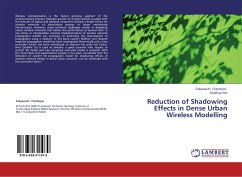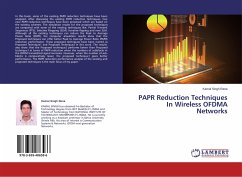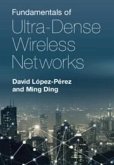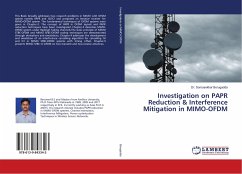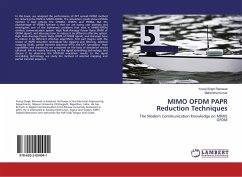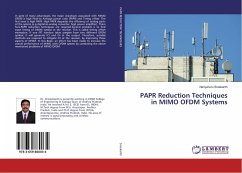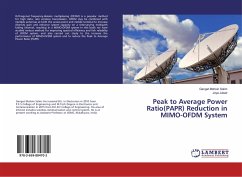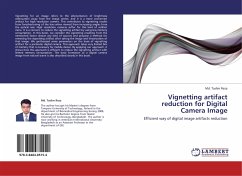Wireless communication is the fastest growing segment of the communication industry. Explosive growth of wireless systems coupled with the features of laptop and palmtop computers indicate a bright future for wireless networks of stand-alone systems or larger networking infrastructure. However, many technical challenges remain in designing robust wireless networks that deliver the performance at assured level. In any urban or metropolitan scenario implementations of wireless network propagation models are necessary to determine the characteristic of propagation using a medium. In this book cost231 Walfisch and Ikegami empirical propagation model has been investigated theoretically and a new correction factor has been introduced to improve the path loss factor. Here QualNet 5.0 is used to simulate a given scenario with respect to cost231 WI model and new proposed corrected model is analyzed. With the theoretical and experimental analysis it has been concluded that the limitation of cost231 WI propagation model for shadowing effects of wireless network design in dense urban scenarios, can be minimized with this correction factor.
Bitte wählen Sie Ihr Anliegen aus.
Rechnungen
Retourenschein anfordern
Bestellstatus
Storno

